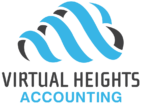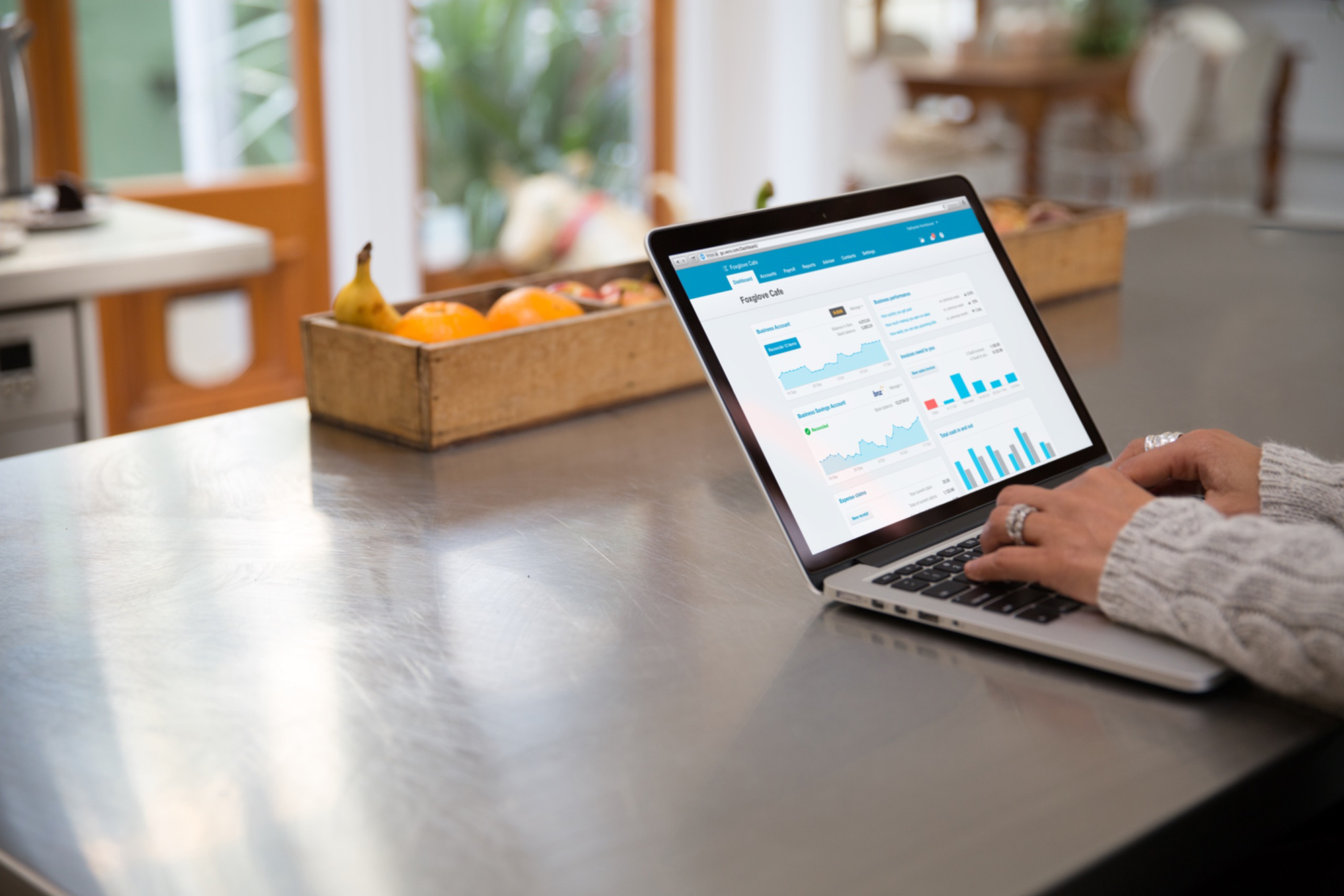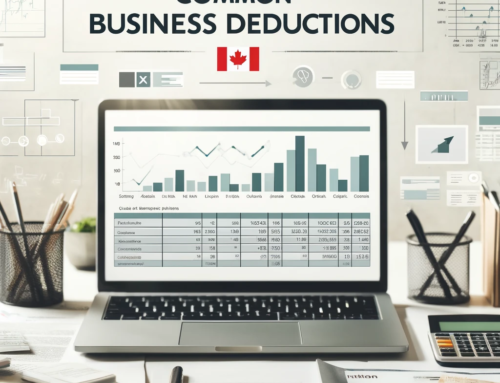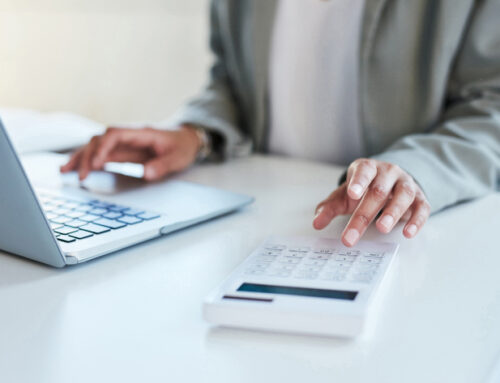Within the first meeting of any new small business owner there is a standard question “So do I need a bookkeeper?”. This is a great question and one I thought necessary to discuss.
What is the difference between a bookkeeper and an accountant?
To discuss we really have to start with an explanation. I will first explain the difference between a bookkeeper and an accountant. Before cloud accounting, a bookkeeper would take the receipts, invoices, bank statements and credit card statements etc. (called source documents) and enter them into the desktop accounting program. They may have also assisted with payroll and GST/HST remittances to Canada Revenue Agency. At year end, the accountant would take this information, and adjust them using year-end adjusting journal entries to fix any noted errors or missing information. The adjusted information is then used to prepare a year-end financial statement and file the corporate tax return. Depending on how long the information exchange to get to the final numbers took, this may be 3-6 months or longer after the year had ended. At this time, the Accountant and business owner would meet to sign off the final numbers and have a general discussion on the business and tax planning.
In the above scenario, the bookkeeper and accountant do not have a relationship. Thus any bookkeeping issues noted and adjusted at the year-end may continue into the next year. The accountant only has access to the books at year-end. The bookkeeping requires some accounting knowledge to be able to complete this part of the process. With desktop software, it was harder to get the information and training to complete this accurately.
The Difference with Cloud Accounting
With cloud accounting, the data entry of the source documents can be done using apps and automation. For example, a business owner would take a picture of their receipt using an app on the phone which then uploads to the accounting program. The program even suggests an entry based on previous transactions or matches to transactions already entered if it can. The cloud accounting software has invoice and quoting options so a business owner can use those (there are even phone apps) or there are options for integrating some “Point of Sale” systems. Credit card and bank statement transactions are downloaded directly into the accounting software. The bookkeeper then can assign these easily to the type of income or expense account that they are for. All of this technology can reduce the data entry component of bookkeeping and make it easier to take on anywhere and anytime.
What does all this mean?
This makes it much more possible to have the business owner take on their own bookkeeping. There is so much information now available to teach them how to use these systems. There are also now accountants that due to the cloud environment, are able to offer bookkeeping services within one firm. This then allows you to consolidate your bookkeeping, corporate taxes, and even personal taxes into one service provider. This makes it possible to have more touchpoints throughout the year and keep you on track. It also creates an opportunity to more carefully look at the whole scenario and bring in your accountant to help with the “extra’s” that come up.





